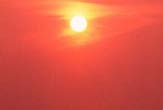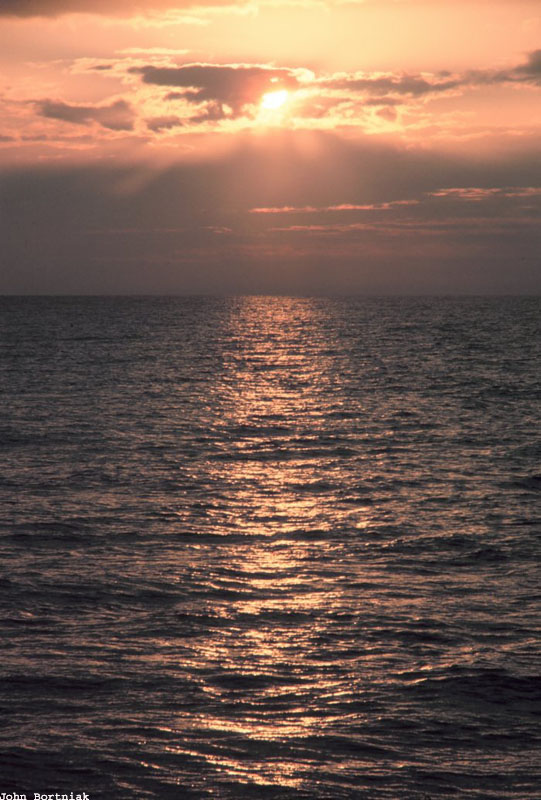Hot West Now Faces Fires and Flash Floods

Some 200 locations in the West set daily record highs this past week with little relief in sight. Soon that may be the good news.
Changing weather has already dealt another blow: As more moisture moved into the region, clashes in the atmosphere set off lightning that triggered wildfires.
Next up: Flash floods.
Meteorologists say the monsoon season is due to begin officially any day now. Monsoon is a stretch of time when higher humidity and warm weather combine to bring heavy downpours to the otherwise arid region.
Adding insult to injury, heavy rains could devastate the terrain in areas burned by extensive wildfires in June and early July, officials say.
Hot is hot
The recent heat wave is remarkable in a short-term sense. But
Sign up for the Live Science daily newsletter now
Get the world’s most fascinating discoveries delivered straight to your inbox.
Still, as anyone out West knows, it's hot. Little relief is expected, though weather patterns are changing.
"Rising humidity levels are pushing into Southern California, Arizona, Nevada, Utah, New Mexico and Colorado as a result of the seasonal monsoon surge and the remnants of Hurricane Emily," said Craig Schmidt, a National Weather Service meteorologist in Salt Lake City.
The shift has brought daily lightning to much of the Southwest.
Arizona firefighters battled a host of new blazes, including some that merged into one fire of more than 60,000 acres well northeast of Phoenix. Officials closed highways near Payson, Arizona while firefighters battled 30 mph winds Friday.
Thunderstorms are expected to slowly push farther north over the next few days, bringing the risk of flash floods.
"Pay attention to the terrain around you and avoid canyons, dry creek beds and other low-level, runoff areas," Schmidt said. "Flooding often occurs with very little time to escape to higher ground."
Clouds will cool things a bit, but Schmidt said temperatures will remain above average throughout the region. And rising humidity will make it feel warmer than what the mercury indicates.
The long-range outlook calls for above-average temperatures in much of the West and Southwest through October.
Among the records set in recent days:
- Denver tied its all-time high for any day, 105, on Wednesday.
- Death Valley topped hit 128 degrees on Monday, July 18, a level not reached for many decades.
- Phoenix hit 116 on Sunday, July 17, for a new high on that date.
- Big Bear Lake, Calif., hit 94 on Monday, the highest ever recorded.
- Las Vegas hit 117 Tuesday, tying an 1942 record.
- Reno, Nev., set a record for that city's most consecutive days of 100-degree heat in a row — 10.
- Tucson, Ariz., was at least 100 degrees 39 days in a row, tying the record.
At least 21 deaths in the Phoenix area have been blamed on the heat. Historically, heat and drought kill more people in the United States than any other natural disaster.
Image Gallery

Sunrises & Sunsets
Amazing Images

Submit Photos or
Just Look Around
Robert is an independent health and science journalist and writer based in Phoenix, Arizona. He is a former editor-in-chief of Live Science with over 20 years of experience as a reporter and editor. He has worked on websites such as Space.com and Tom's Guide, and is a contributor on Medium, covering how we age and how to optimize the mind and body through time. He has a journalism degree from Humboldt State University in California.










